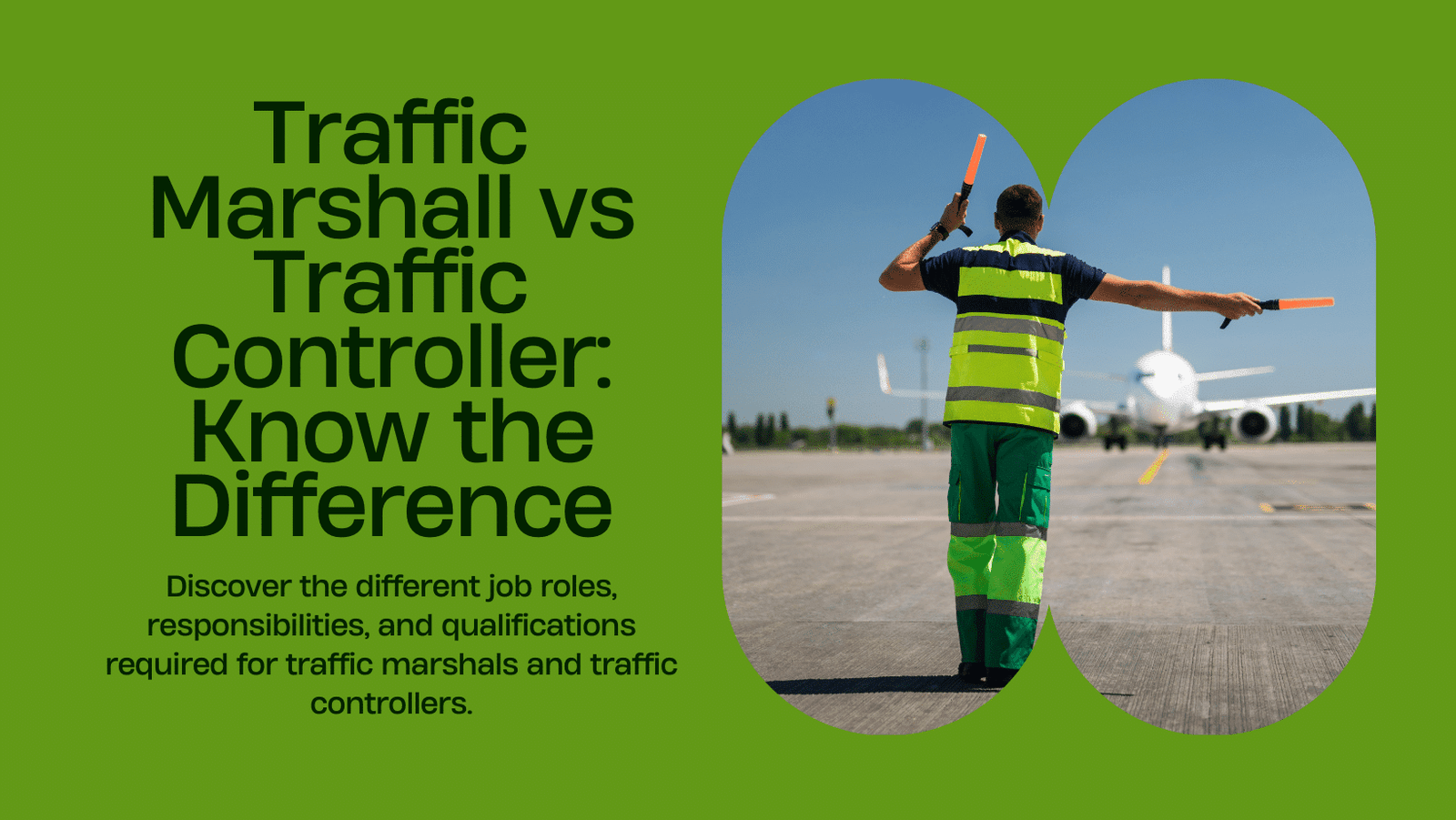Navigating the bustling roads and construction sites requires more than just signs and signals. It demands the expertise of Traffic Marshalls and Traffic Controllers, each playing a pivotal role in maintaining order and safety. This comprehensive guide aims to shed light on the nuances between these roles, offering clarity on their responsibilities, qualifications, and crucial contributions to traffic management.
Understanding the Role of a Traffic Marshall
A Traffic Marshall, often associated with construction sites, is primarily responsible for the coordination and movement of vehicles and machinery within the site. Their role is vital in preventing accidents and ensuring the safety of both workers and pedestrians. Key responsibilities include:
- Directing the movement of heavy machinery like cranes and trucks.
- Ensuring safe pedestrian paths around construction sites.
- Communicating effectively with drivers and site workers to prevent mishaps.
To excel in this role, a Traffic Marshall must undergo specific training programs that focus on hand signal communication, understanding of site layouts, and safety awareness.
Read More: Traffic Marshall Certification Made Easy: Your Ultimate Online Guide
Delving into the Duties of a Traffic Controller

Traffic Controllers, on the other hand, are typically seen on public roads, especially near roadworks or areas where regular traffic patterns are disrupted. They manage the flow of vehicular and pedestrian traffic to ensure safety and minimize disruptions. Their duties involve:
- Setting up traffic management signs and devices.
- Directing the flow of traffic using stop/slow bats or similar control measures.
- Communicating with other roadwork personnel to coordinate traffic movements.
Traffic Controllers require rigorous training and certification, focusing on road safety rules, the use of traffic control equipment, and emergency response protocols.
Key Skills and Training
While both roles share the common goal of ensuring safety and smooth operation, the skills and training required can differ:
- Traffic Marshall:
- Proficiency in hand signaling and understanding of construction machinery.
- Knowledge of construction site safety protocols.
- Ability to work closely with site personnel.
- Traffic Controller:
- Mastery in using traffic control signs and devices.
- In-depth knowledge of road safety regulations.
- Excellent situational awareness to respond to dynamic road conditions.
Real-World Scenarios
In real-world scenarios, the expertise of Traffic Marshalls is indispensable in large construction projects where multiple vehicles operate simultaneously. They ensure that every movement is coordinated and safe.
Traffic Controllers become crucial during road maintenance works or unexpected disruptions, where they manage traffic flows to prevent congestion and accidents.
Conclusion
While both Traffic Marshalls and Traffic Controllers are integral to managing vehicular and pedestrian traffic, their roles, responsibilities, and areas of operation distinctly differ. Understanding these nuances is vital for anyone considering a career in traffic management or for those curious about how traffic flows are maintained and safety is ensured. This exploration into ‘Traffic Marshall vs Traffic Controller: What’s the Difference?’ not only clarifies their roles but underscores their importance in our daily commutes and in maintaining order in dynamic environments.
